It felt like fall this morning (high for the day only 71 °F /22 °C), with a spritz of rain on the ground.
This year’s summer brought stretches of hot weather, but no smoky skies from wild fires.


a weblog of whereabouts & interests, since 2010
It felt like fall this morning (high for the day only 71 °F /22 °C), with a spritz of rain on the ground.
This year’s summer brought stretches of hot weather, but no smoky skies from wild fires.

We had 87 °F (31 °C) today and it may get to 90 °F (32 °C) tomorrow .. but the days are getting shorter and the weather will start turning soon.
P.S. ‘Heat’ is a relative term, of course. I read on Twitter of the Chinese city of Chongqing that recently had 113 °F (45 °C) for two days, with the night temperature at 93 °F (34 °C).
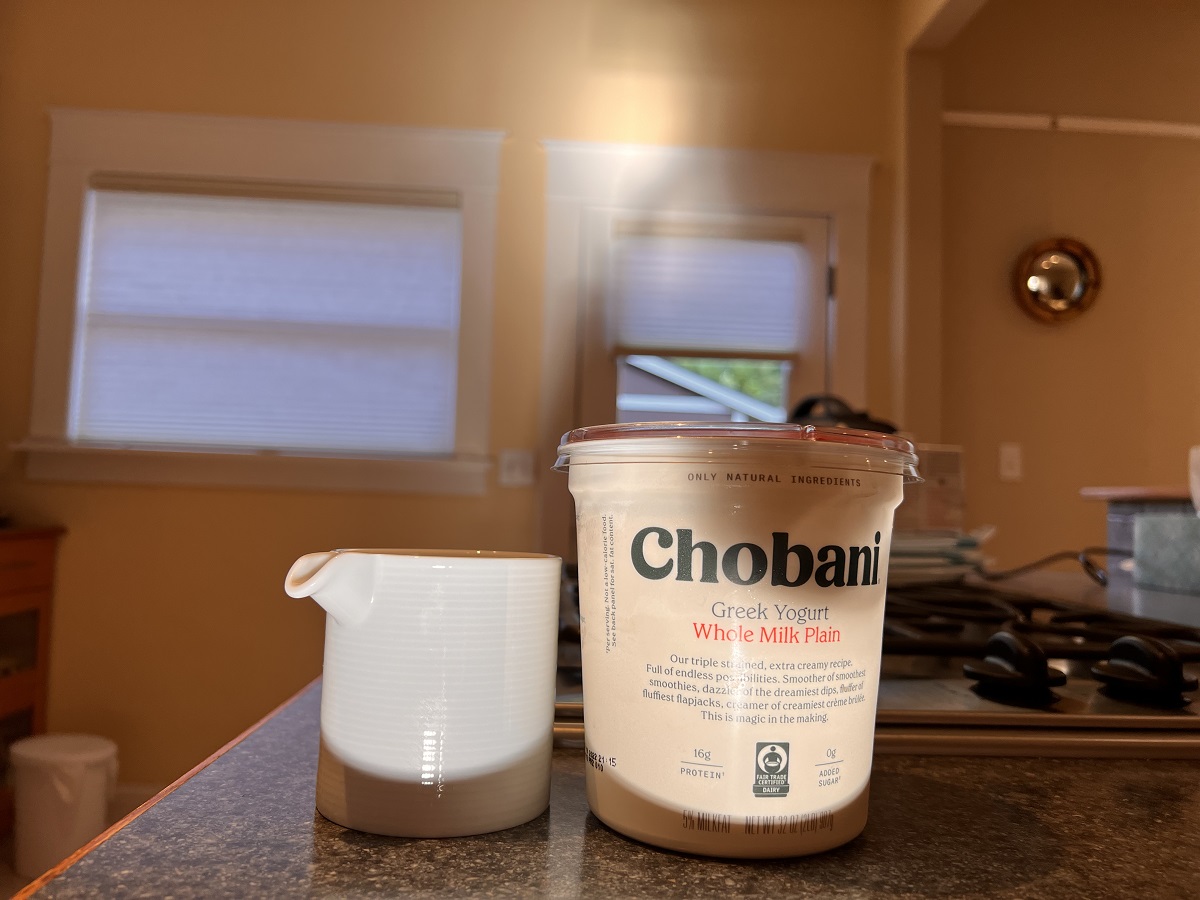
Here’s Seattle photographer Tim Durkin’s picture as night falls on the Emerald City.
Yes, The Mountain is out —and had been out for most of the day.
The high today was 83°F (28°C).
We’re on our way to another 90 °F (32 °C) high, on Thursday.
That might be the last one for this summer.
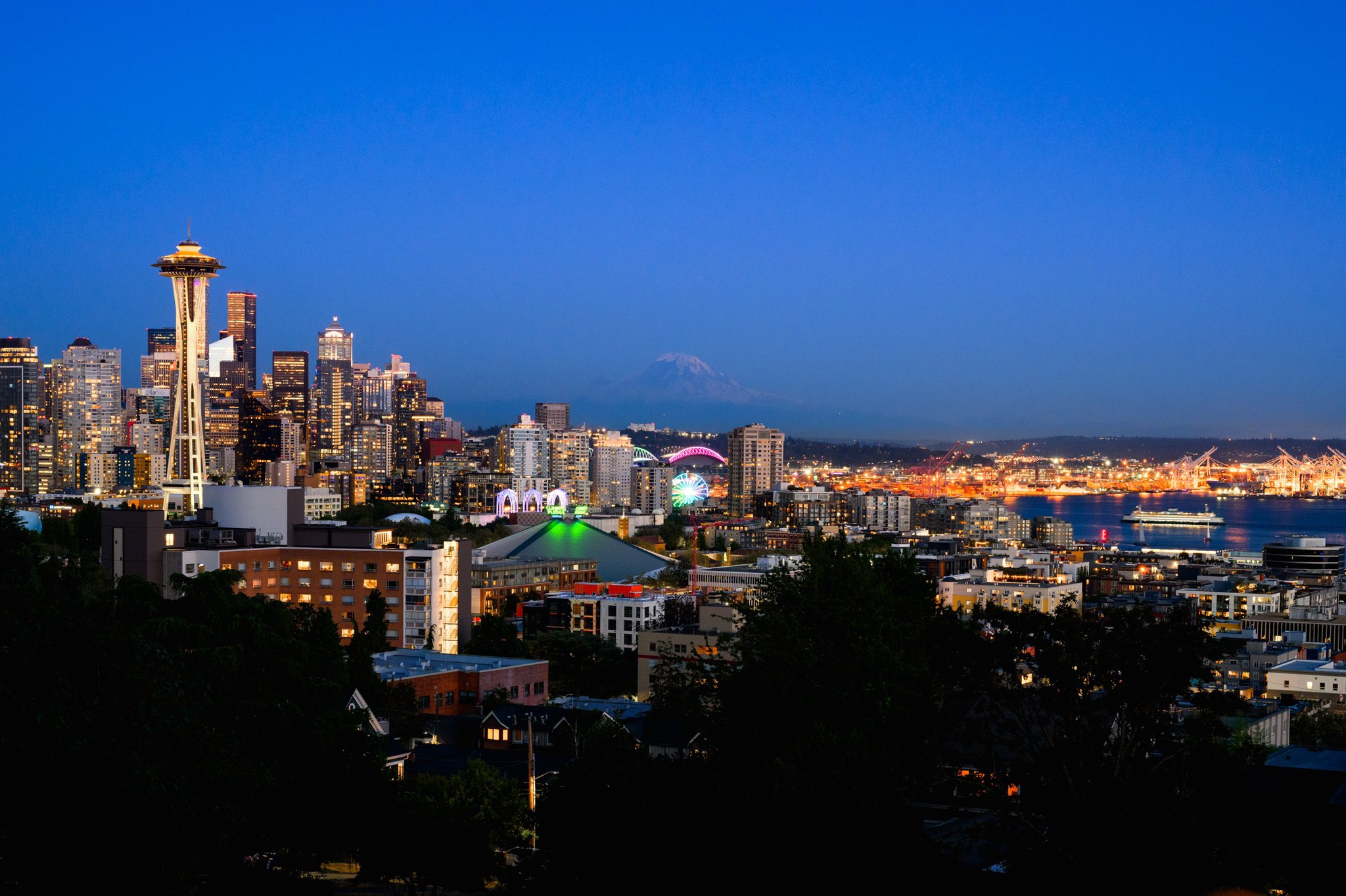
We logged another 95 °F (35 °C) for the day’s high here in Seattle.

Just for fun, here are some Afrikaans expressions and idioms that use ‘butter’.
Ek het met my gat in die botter geval.
Translation: I have stumbled, with my butt stuck in the butter.
Meaning: I lucked out, in a big way.
My brood is aan altwee kante gebotter.
Translation: My bread is buttered both sides.
Meaning: I have the best of both worlds.
Dis botter tot die boom.
Translation: It is butter to the bottom.
Meaning: Said of a friendship that is thick as thieves.
Goed, beter, botter.
Translation: Good, better, butter.
Meaning: Slogan from a ’70s ad campaign for butter in South Africa. Butter is better than margarine, and is actually best of all.
Our stretch of warm weather continues, with a high of 95 °F (35 °C) today.
The meteorologists assure us we will have much cooler weather on Monday— something civilized like 79°F (26 °C).

The British media, never happier than when the weather goes awry, responded with barely concealed relish.
– British journalist Moya Lothian-McLean writing in the New York Times
So it did get to 40 °C (104 °F) in London, today. Here is a pair of front pages, reporting about the heat apocalypse.
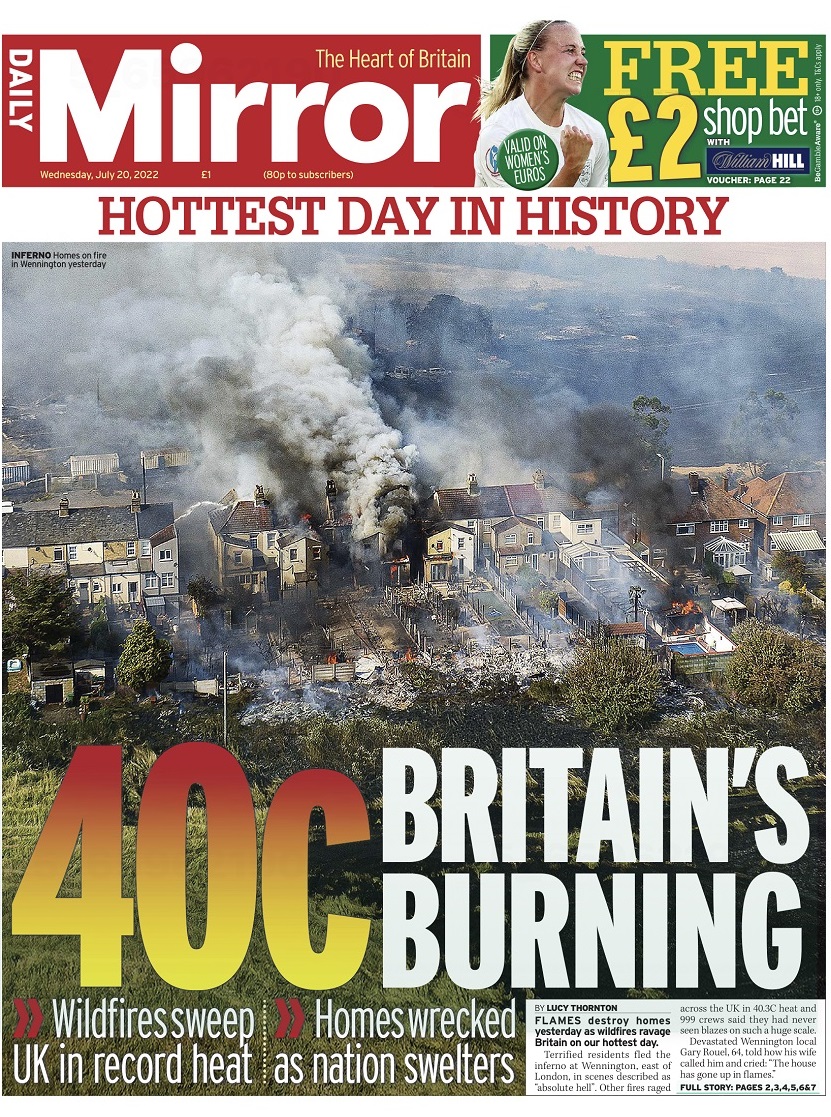
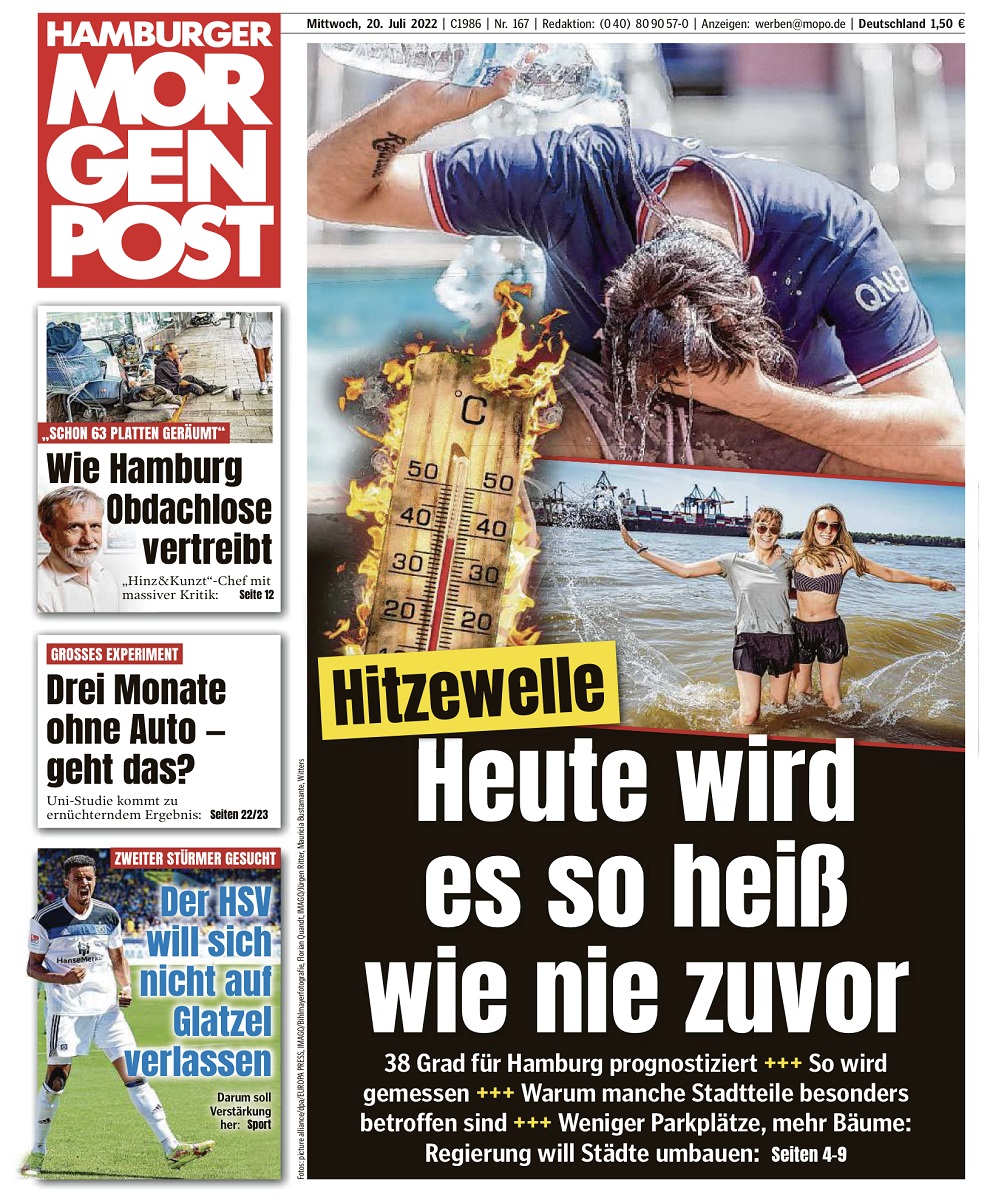
There’s so many different worlds
So many different suns
And we have just one world
But we live in different ones
-From the song ‘Brothers in Arms’ by Dire Straits (1985)
Well, so I had to check the ‘Met’ home page (short for the Meteorological Office, the United Kingdom’s national weather service), for an official reading of the high temperatures there today.
Looks like the high was 37 °C (99 °F) at 15:00.
So: extremely warm, but not quite 40 °C.
All-time record highs were reached in many other locations in the UK and in Europe, though.
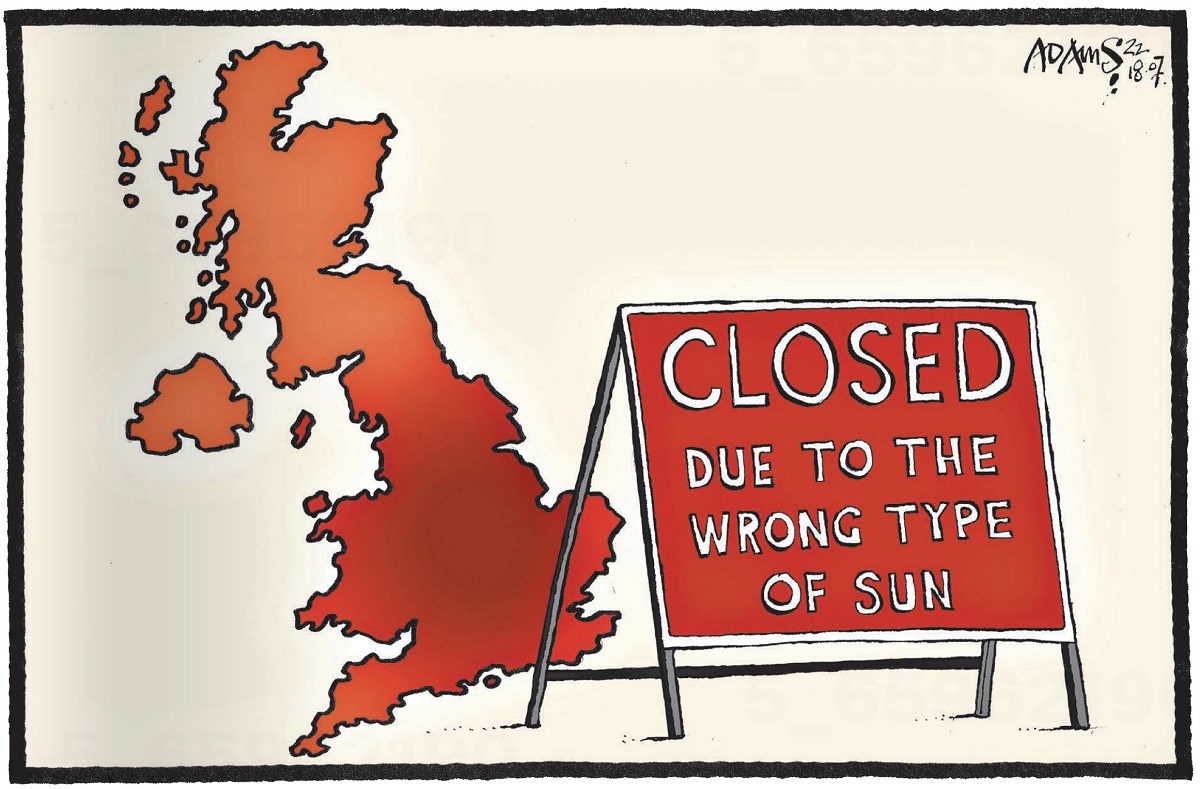
It was a lovely day here in the Pacific Northwest, and not too warm: 77 °F (25°C).
The 6 o’clock Nightmare Show (NBC’s Nightly News) reported that the Yosemite wildfire threatens a grove of giant sequoias.
We have been blessed with clear skies here so far.
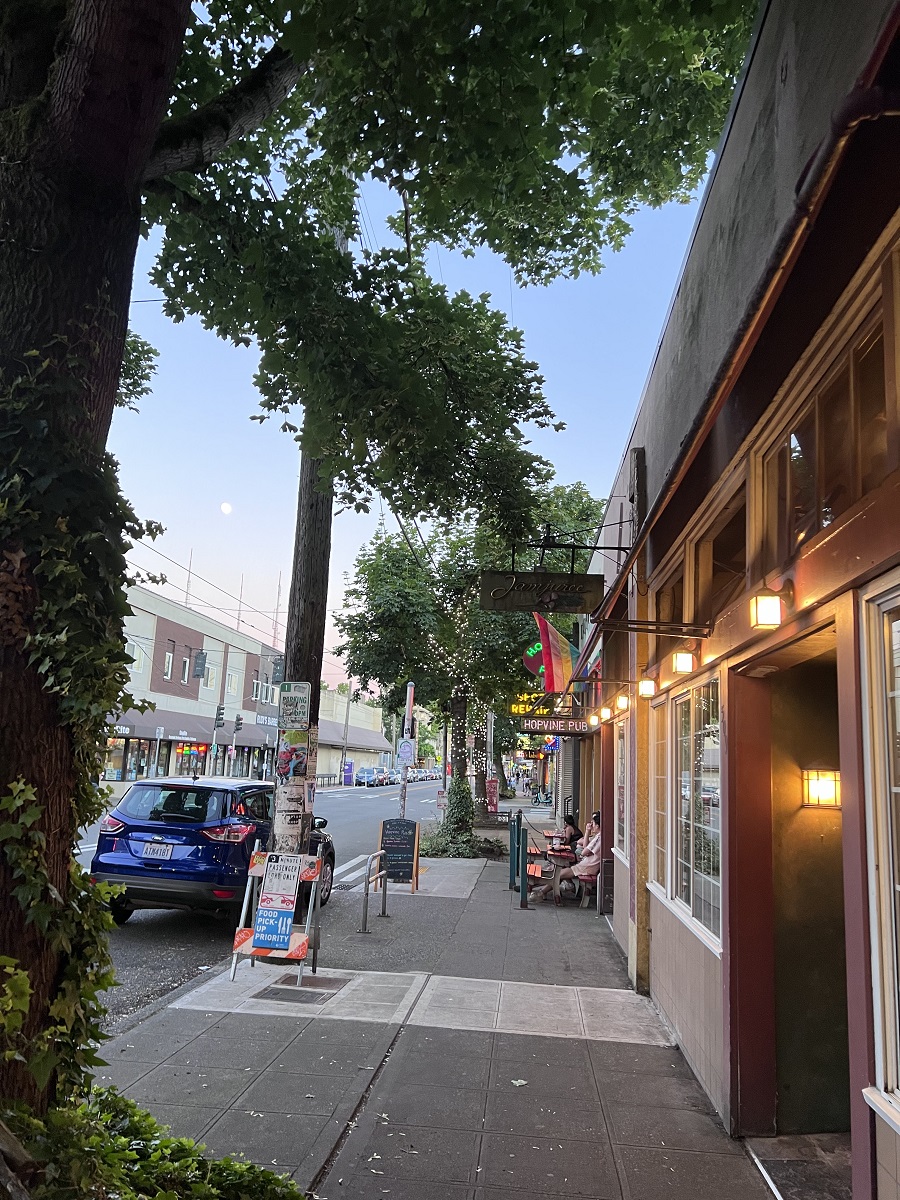
We are having a little heat wave here in the city.
(Heat wave for us, anyway). It feels as if we went from early spring weather to the summer highs in three days flat.
The highs look like this:
Saturday 88°F 31°C
Sunday 87°F 31°C
Monday 91°F 33°C
Tuesday 68°F 20°C

It’s summer solstice here in the North, with the North pole at its maximum tilt towards the sun for the year.
It was a lovely day outside. We had 75°F (24°C) which makes it the warmest day of the year for Seattle, so far.


The highs made it into the 70’s here in the city today (72 °F/ 22 °C), but it will be cooler again this week.
The French Open (tennis tournament) in Paris has started, and it will be interesting to see how it unfolds.
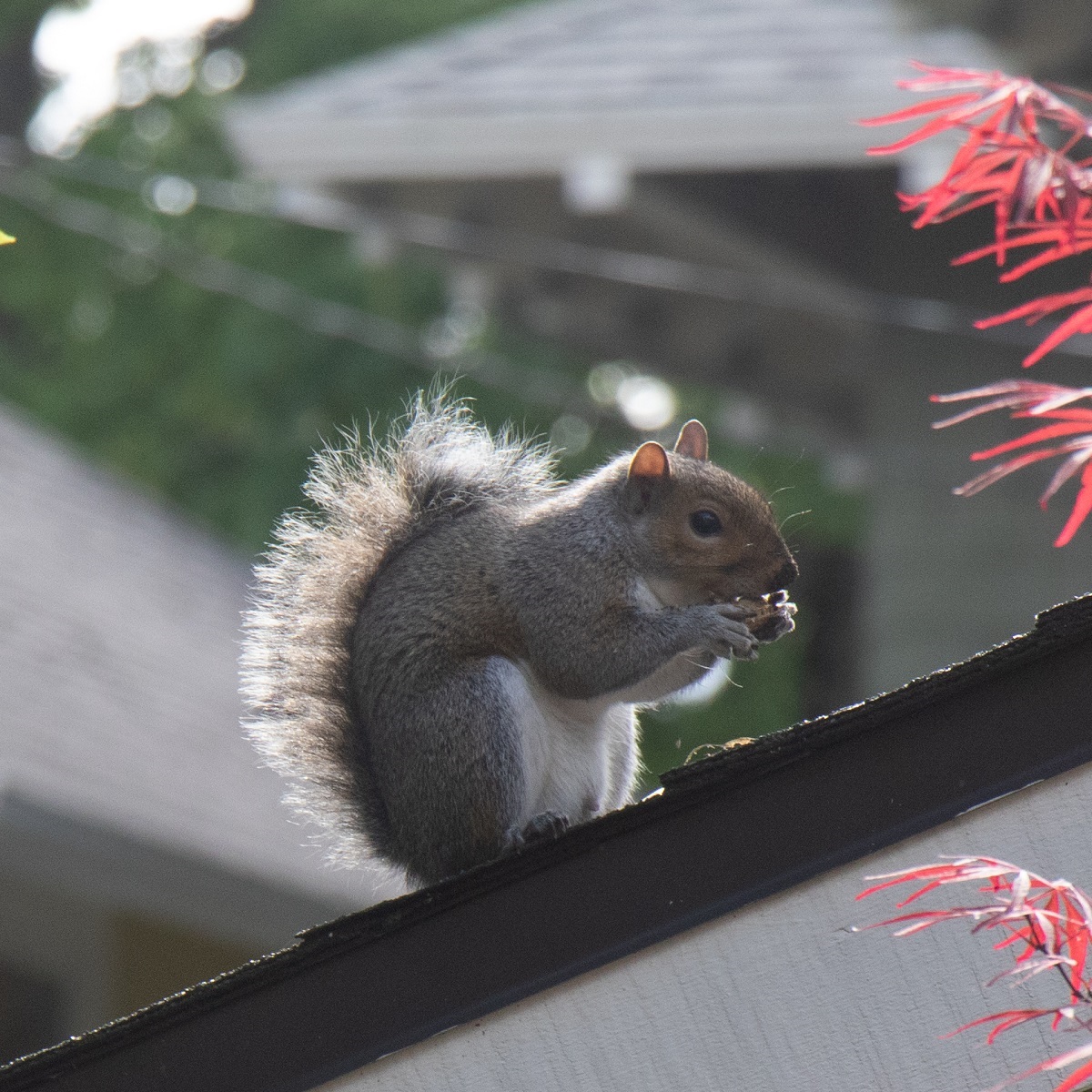
Here’s another gorgeous picture by Tim Durkan, of tonight’s hail storm. It was fine hail, but it went on for much longer than usual.
Photographer Tim Durkan says he sat in his car as he watched it come in from the north: from Edmonds, then over Discovery Park, and then over the city of Seattle.
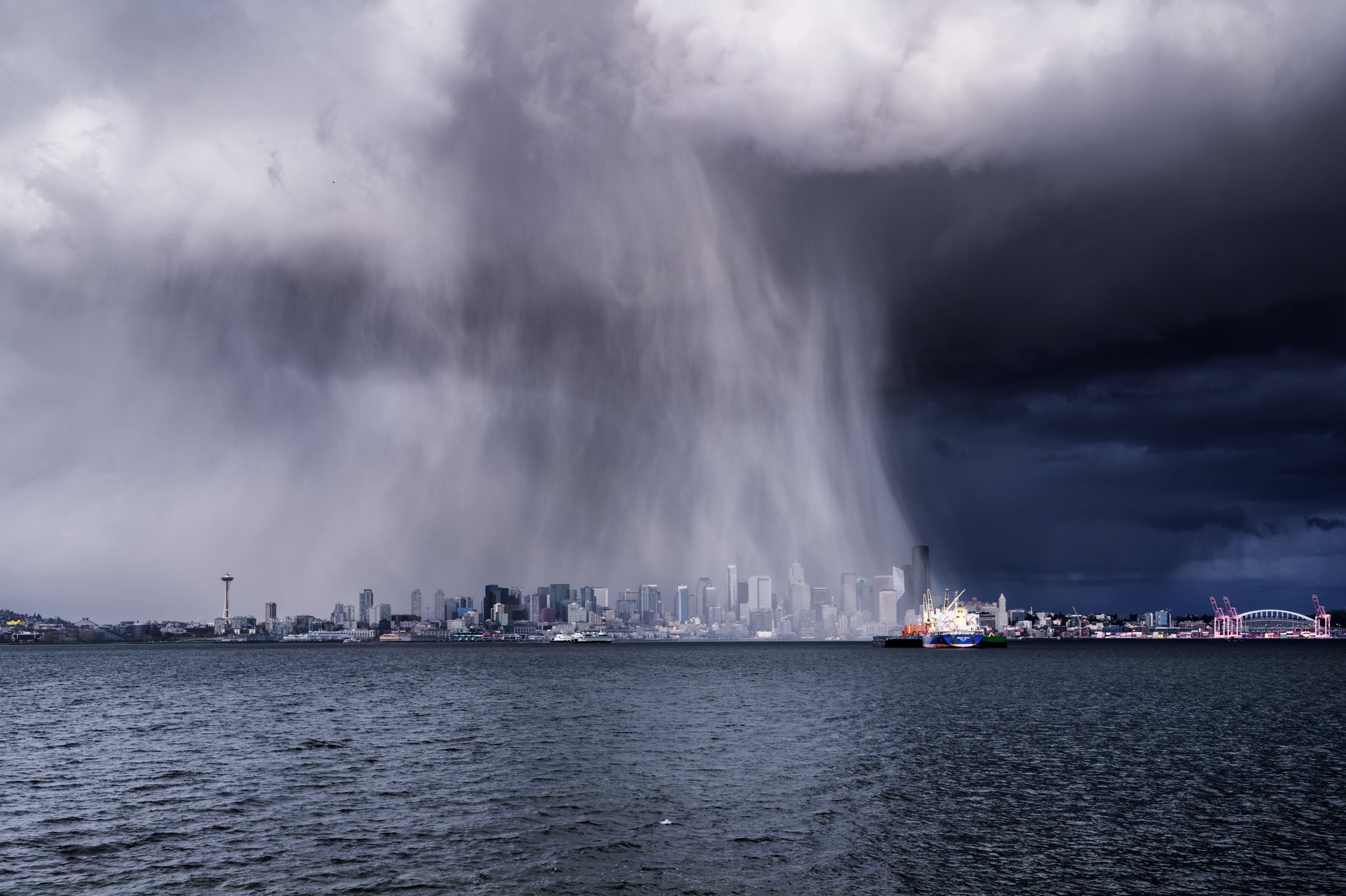
The Dick’s Drive-in burger joint on Broadway is not open yet.
It was a proper spring day here in the city with 63 °F (17 °C), and I had to take off my jacket and drape it over my arm, as I walked back up the hill from Broadway today.

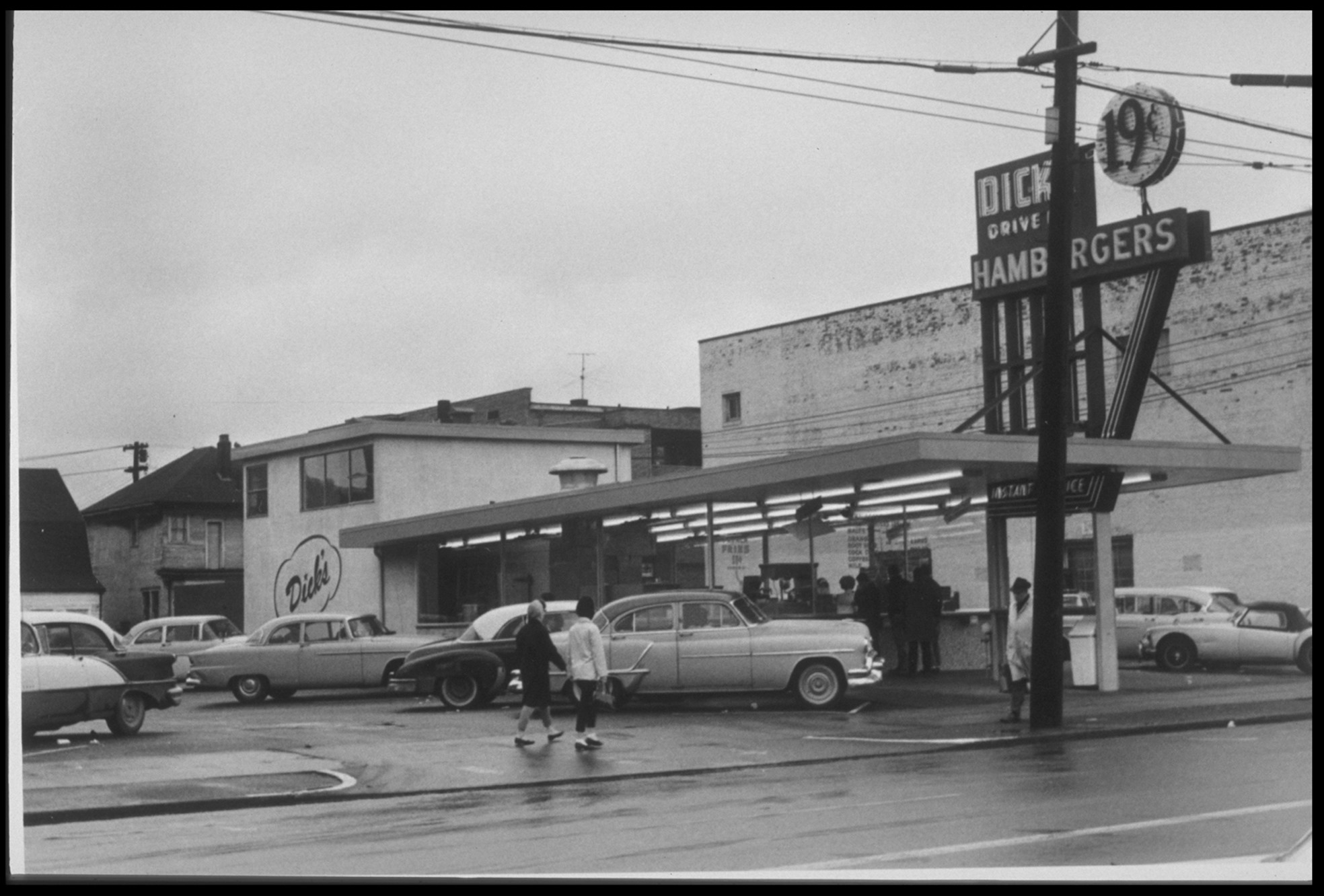
So on Tuesday, with almost no warning and no debate, the Senate unanimously passed legislation to do away with the biannual springing forward and falling back that most Americans have come to despise, in favor of making daylight saving time permanent. The bill’s fate in the House was not immediately clear, but if the legislation were to pass there and be signed by President Biden, it would take effect in November 2023.
– From the New York Times
